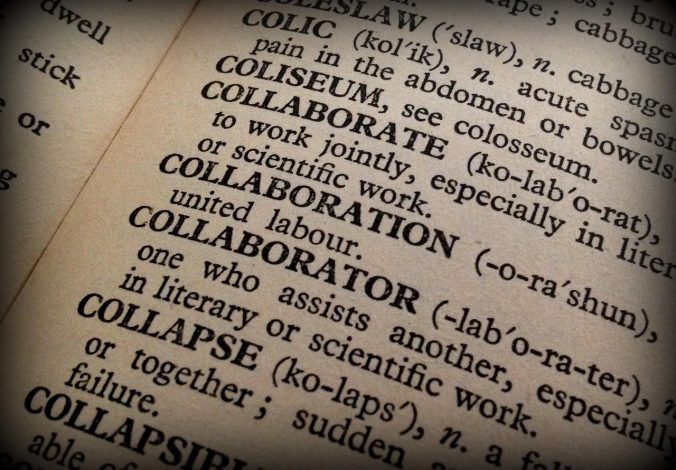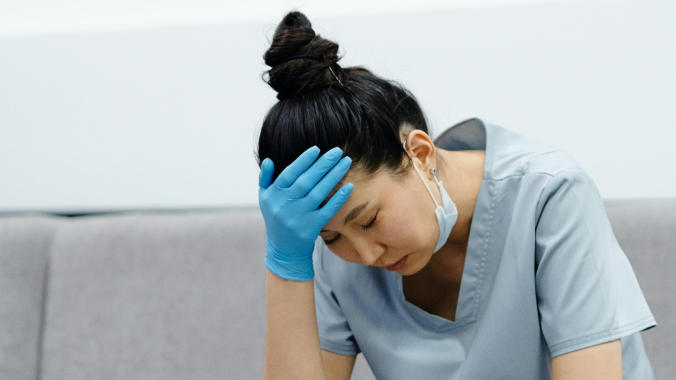There is today a wide range of competing theories, each in its own way trying to account for consciousness in neurobiological terms. Parallel to the “Babylonian confusion of tongues” and inability to collaborate that this entails in the theorizing of consciousness, progress has been made in the empirical study of the brain. Advanced methods for imaging and measuring the brain and its activities map structures and functions that are possibly relevant for consciousness. The problem is that these empirical data once again inspire a wide range of theories about the place of consciousness in the brain.
It has been pointed out that a fragmented intellectual state such as this, where competing schools of thought advocate their own theories based on their own starting points – with no common framework or paradigm within which the proposals can be compared and assessed – is typical of a pre-scientific stage of a possibly nascent science. Given that the divergent theories each claim scientific status, this is of course troubling. But maybe the theories are not as divergent as they seem?
It has been suggested that several of the theories, upon closer analysis, possibly share certain fundamental ideas about consciousness, which could form the basis of a future unified theory. Today I want to recommend an article that self-critically examines this hope for a way out of the Babylonian confusion. If the pursuit of a unified theory of consciousness is not to degenerate into a kind of “manufactured uniformity,” we must first establish that the theories being integrated are indeed comparable in relevant respects. But can we identify such common denominators among the competing theories, which could support the development of an overarching framework for scientific research? That is the question that Kathinka Evers, Michele Farisco and Cyriel Pennartz investigate for some of the most debated neuroscientifically oriented theories of consciousness.
What do the authors conclude? Something surprising! They come to the conclusion that it is actually quite possible to identify a number of common denominators, which show patterns of similarities and differences among the theories, but that this is still not the way to an overall theory of consciousness that supports hypotheses that can be tested experimentally. Why? Partly because the common denominators, such as “information,” are sometimes too general to function as core concepts in research specifically about consciousness. Partly because theories that have common denominators can, after all, be conceptually very different.
The authors therefore suggest, as I understand them, that a more practicable approach could be to develop a common methodological approach to testing hypotheses about relationships between consciousness and the brain. It is perhaps only in the empirical workshop, open to the unexpected, so to speak, that a scientific framework, or paradigm, can possibly begin to take shape. Not by deliberately formulating unified theory based on the identification of common denominators among competing theories, which risks manufacturing a facade of uniformity.
The article is written in a philosophically open-minded spirit, without ties to specific theories. It can thereby stimulate the creative collaboration that has so far been inhibited by self-absorbed competition between schools of thought. Read the article here: Assessing the commensurability of theories of consciousness: On the usefulness of common denominators in differentiating, integrating and testing hypotheses.
I would like to conclude by mentioning an easily neglected aspect of how scientific paradigms work (according to Thomas Kuhn). A paradigm does not only generate possible explanations of phenomena. It also generates the problems that researchers try to solve within the paradigm. Quantum mechanics and evolutionary biology enabled new questions that made nature problematic in new explorable ways. A possible future paradigm for scientific consciousness research would, if this is correct, not answer the questions about consciousness that baffle us today (at least not without first reinterpreting them). Rather, it would create new, as yet unasked questions, which are explorable within the paradigm that generates them.
The authors of the article may therefore be right that the most fruitful thing at the moment is to ask probing questions that help us delineate what actually lends itself to investigation, rather than to start by manufacturing overall theoretical uniformity. The latter approach would possibly put the cart before the horse.

Written by…
Pär Segerdahl, Associate Professor at the Centre for Research Ethics & Bioethics and editor of the Ethics Blog.
K. Evers, M. Farisco, C.M.A. Pennartz, “Assessing the commensurability of theories of consciousness: On the usefulness of common denominators in differentiating, integrating and testing hypotheses,” Consciousness and Cognition, Volume 119, 2024,
Minding our language












Recent Comments